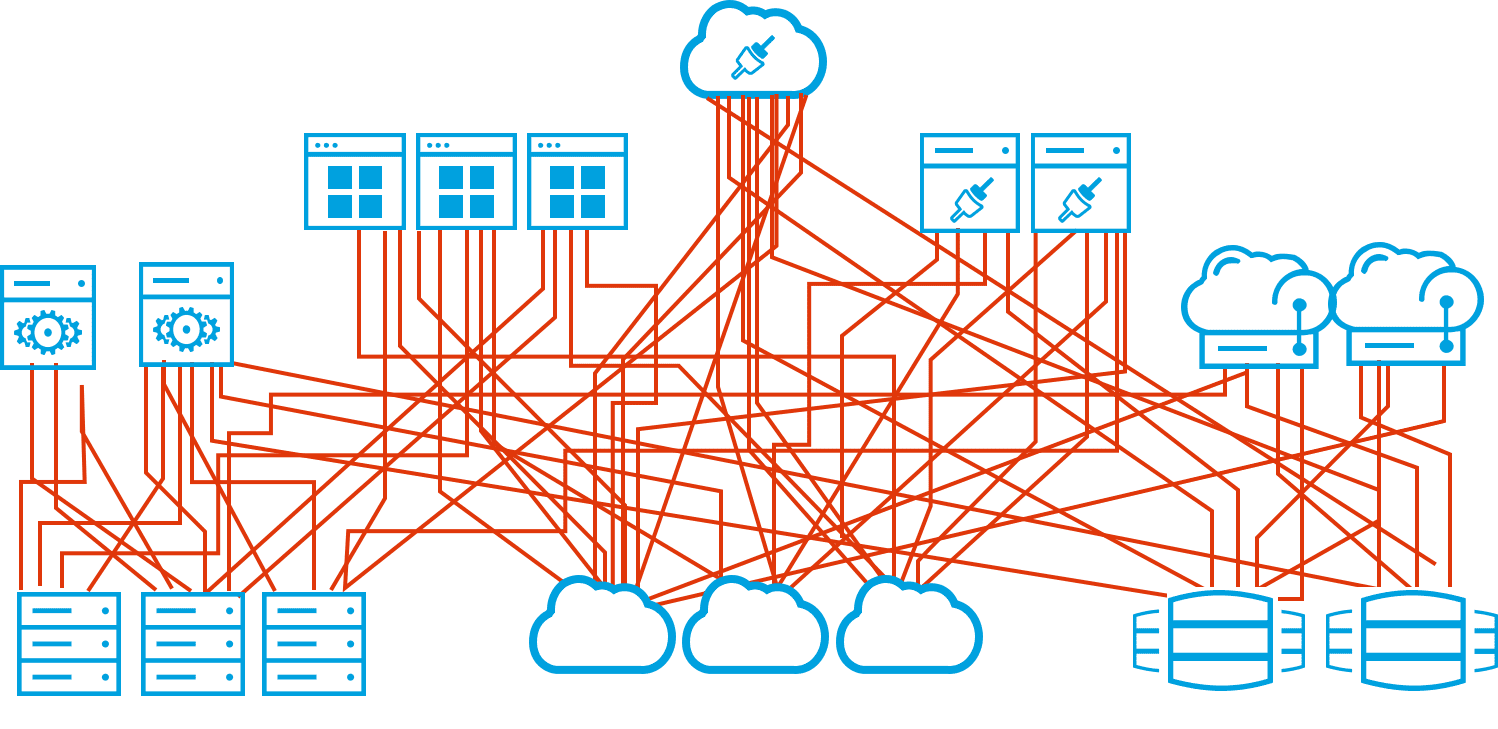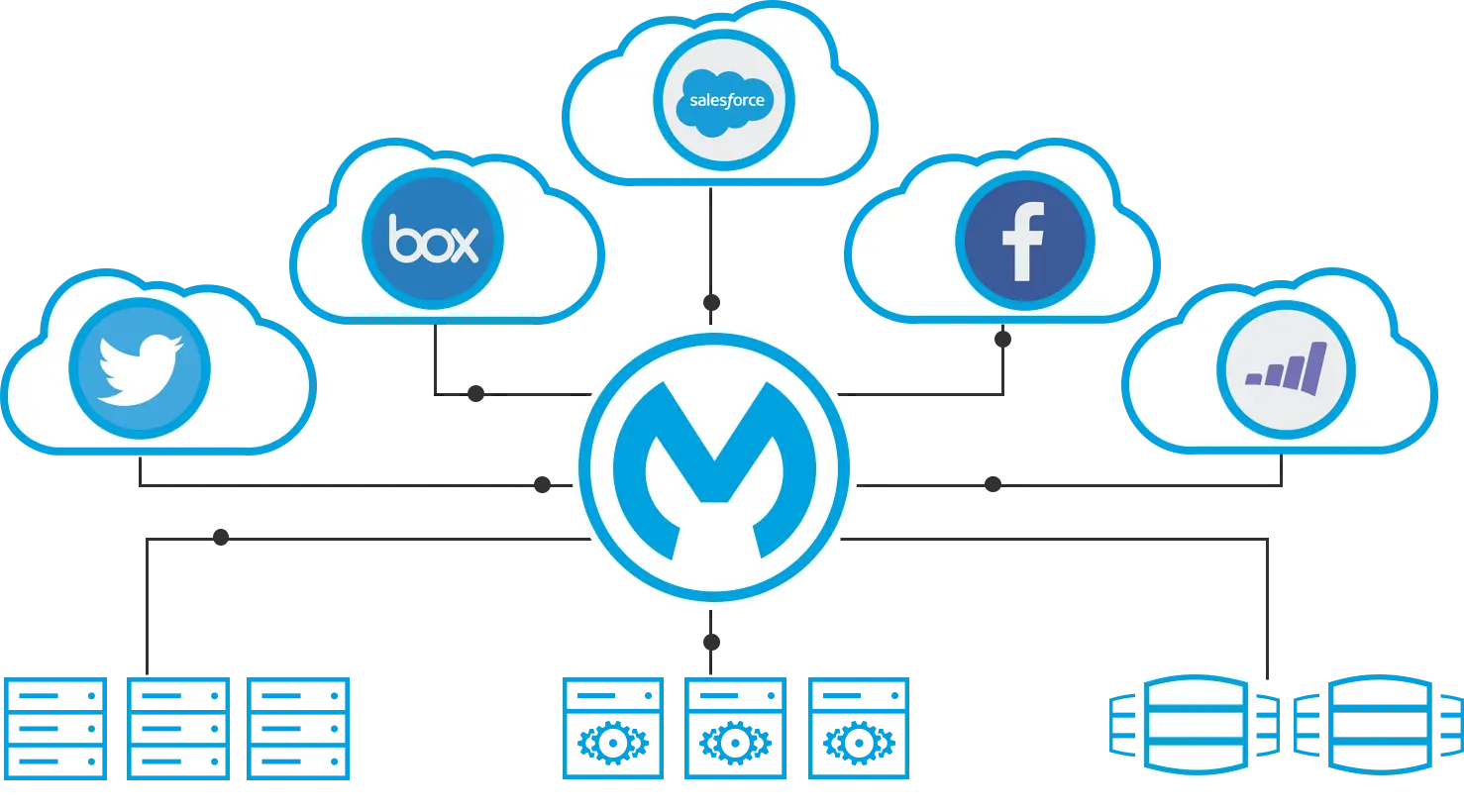Customer data integration empowers businesses
The IT landscape is changing rapidly with the explosion of APIs, mobile, SaaS, and cloud services and applications. With more ways to connect than ever before, businesses are finding it necessary to change the ways in which they communicate with potential and existing customers. Vital information is scattered across departments and distributed throughout numerous applications, services, databases, and systems. Customer Data Integration (CDI) empowers organizations by providing a comprehensive a single view of the customer.
Customer data integration offers businesses a consistent and accurate view of their relationship with the customer. CDI gathers all data about a customer from disparate systems in various departments within a business and assembles it in a single location, making it easily accessible to multiple departments. This data includes but is not limited to personal data, financial data, risk levels, consumer behavior, and overall relationship with the company. Accurate customer data provides businesses insight they need to make well-informed decisions. More important than the data itself is managing and maintaining it to ensure it is accurate, consistent, and complete.
MDM and CDI
A broader term related to CDI is Master Data Management (MDM). Like the domain of customer data integration, MDM emphasizes the importance of congregating and maintaining a consistent view of a business’s core entities that may be dispersed across a number of applications, services, and systems. Similar to CDI, master data management allows organizations to gain deep customer insight as it helps businesses maintain definitive customer record in real time. With master data management, and specifically customer data integration, companies reap numerous benefits as they are able to easily merge, standardize, de-duplicate, cleanse, and transform data. MDM enhances the effectiveness of business processes by reducing risk, improving data privacy, and speeding up time to market. Moreover, MDM and CDI tools and software solutions improve multi-channel marketing by delivering a complete, single view of the truth - enabling a full view of the customer through a single platform.
Customer data is frustrating
Customer data integration can be challenging to implement effectively. A report conducted by Wayne W Eckerson in conjunction with TDWI states that the issue with data is that it degenerates quickly, becoming obsolete within as little as a month due to changes on the customer side and errors related to data entry, system migrations, and changes to source systems. These errors and changes can lead to inaccurate data and problems with customer interactions down the line.
The study found some additionally surprising statistics:
- 45% of those surveyed believe their data is only “OK” in quality and that it could be further improved.
- Only 10% of those who answered the questionnaire think their firm’s data is accurate, valid, and relevant.
- Nearly half of survey respondents believe the quality of their data is worse than everyone thinks.
- Only 11% of companies surveyed have already implemented a solution to better their data while nearly 48% have no plan in place.
If the quality of data is worse than everyone thinks, businesses are essentially working with data that is inaccurate, misleading, and insufficient. A robust customer data management solution is necessary to help companies unify the customer profile.
Point-to-point integration is a pain
A popular solution to the customer data integration challenge is point-to-point integration. Point-to-point integration, however, tends to be extremely brittle, complex, and expensive; often requiring experienced developers to manage and maintain it. The New Enterprise, highly fragmented and populated, consists of numerous disparate systems and application. As the amount of applications and services running within the enterprise soars and business requirements change, point-to-point integration prohibits scale, thereby becoming an unrealistic solution. Businesses end up with a tangled web of connections known as “spaghetti code”. As endpoints change, these connections become more and more difficult to change, as a simple update could disrupt the entire ecosystem.

An efficient customer data integration solution enables businesses to increase revenue, retain customers, and regulate compliance. With an integration solution that aggregates all customer related information, companies have access to data in a single location, making it easy to better market and sell to their existing and potential customers. Visibility into customer information across departments allows organizations to better serve customers, resulting in happier clients. Moreover, with an integrated solution, businesses can more efficiently deliver on compliance requirements as all the needed data can be accessed from a single location.
A customer data integration solution
MuleSoft understands the importance of customer data integration and provides a platform to help businesses overcome the associated challenges. Anypoint™ Platform consists of a number of components that work together to simplify and streamline business ecosystems.

Mule as an Enterprise Service Bus, one of Anypoint Platform's core components, is the world’s most widely used integration platform used to connect applications and services on-premise and in the cloud. Mule ESB makes it easy to connect legacy and on-premise systems with cloud and SaaS applications such as Salesforce.com by leveraging a library of Anypoint Connectors. Connecting applications and services is effortless for developers as the connectors are pre-packed and ready to go - there is no need to learn how to develop with numerous programming interfaces. Such a solution makes it easy for companies to connect HR, sales, billing, CRM, marketing, social media, and analytics applications and services, whether they reside on-premise or in the cloud. Businesses looking to fully harness the power of their applications can turn to MuleSoft to create connectivity between popular integration solutions like Marketo, Salesforce, and more.
Mule as an ESB works with a number of other products to provide connectivity across the enterprise.
- Anypoint Studio is a graphical design environment that helps businesses build, orchestrate, and transform integration flows between applications.
- With support for XML, JSON, CSV, Excel and more, DataWeave helps organizations cope with endpoints containing different data formats.
- Anypoint Enterprise Security protects systems from security threats, maintains data integrity, and protects endpoints to ensure companies can share vital data safely and securely.
- Managing systems, servers, endpoints, and applications with visibility and ease through the Mule Management Console.
- Anypoint Service Registry and Anypoint API Manager make cataloging, discovering, monitoring, and managing internal and external services easy.
- For businesses looking to connect mainly in the cloud, CloudHub is a cloud-based integration platform as a service (iPaaS).
MuleSoft provides organizations with the products they need to seamlessly connect the enterprise to create a unified customer view on a single platform. These products eliminate the time-consuming need for custom code, as well as the need to purchase a standalone customer data integration solution. MuleSoft offers a customer data integration solution that works with existing applications and services - saving time, money and resources.
Learn more about Anypoint Platform by signing up for an account today.



